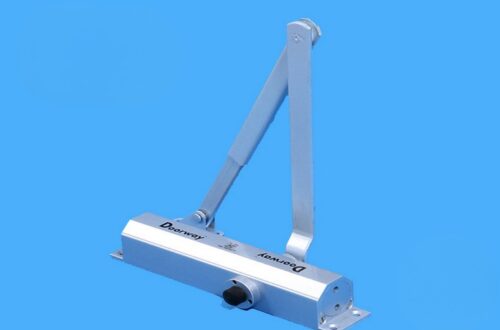A Unit-linked insurance plan, popularly known as a ULIP, is an insurance policy that offers dual benefits of life insurance coverage and wealth creation. The premium for these policies is attributed in two parts—one towards providing a life insurance cover and the other towards investment in market-linked securities. Thus, not only protection but meeting your financial goals is also possible when you purchase a ULIP plan.
While there are other types of life insurance plans that offer an investment option, a ULIP plan offers transparency in investment. As a policyholder, you know where the investment is made, and you have full control over these investments. But before finalising a ULIP as your preferred instrument, it is important you know about the various charges levied. Unlike a single total expense ratio (TER) in mutual funds, ULIPs have several charges, which may take up a certain chunk of the entire amount of the premium.
Here’s a list of the various ULIP charges that may be found as a part of your policy terms:
- Premium allocation charge
Premium allocation charge is a fixed percentage that is deducted from the premium amount and is calculated based on the premium received. While there are several charges that are incurred at the time of issuing a policy, these expenses are covered by the premium allocation charge. Cost of underwriting, medical expenses, and agent’s commission are some of the expenses that are included therein.
This premium allocation charge is deducted from the premium payments, even for top-up covers, and only the balance amount is used to insure your life and purchase specified investments. Moreover, the premium allocation charge is a front-end charge. For instance, the premium for your policy is ₹1,00,000 and the premium allocation charge is set at 15%. Thus, in effect, only ₹85,000 shall be invested in the specified funds.
This premium allocation charge is higher in the initial years and tapers off towards the end of the policy term. Also, it varies based on whether your policy is a single premium policy or a regular premium policy with varying frequencies (monthly, quarterly, half-yearly, or yearly).
- Mortality charges
ULIP charges include a mortality charge which is used to provide life insurance coverage to the policyholder. Thus, the mortality charges are calculated differently for every policyholder based on factors like age, sum assured, etc. Further, these charges are deducted on a monthly basis in a proportionate manner from the funds that you have selected.
- Fund management charge
As the name suggests, the fund management charge is levied for managing the funds and are deducted before arriving at the NAV. Moreover, the fund management charge is adjusted from the NAV on a daily basis. The maximum allowed fund management charge is set at 1.5% per annum as per the directive of the regulator, the IRDAI, and is calculated daily based on the total value of the fund.
- Administrative charge
True to its name, the administrative charge is levied by the insurance company for managing the ULIP plan. While it is not charged separately from the policyholder, it is deducted as units from the funds in which an investment is made. Either the rate for these units is specified and fixed throughout the policy tenure or varies as per the rate under each plan.
- Fund switching charge
ULIP investments allow the freedom to switch your investments among several funds based on changing life goals or risk appetite. Some insurance companies levy a specified charge after a certain number of free switches or offer unlimited free switches during the policy period. A ULIP calculator is a nifty tool that helps to know which are the right funds for your investments.
- Charges for partial withdrawal
Generally, the tenure of a ULIP plan is between 10 to 25 years. During this period, ULIPs allow you to withdraw your funds partially after the lock-in period is over. Depending on the terms of the policy, some of them attract a withdrawal charge, while others do not levy any charge.
- Surrender/discontinuation charge
Surrender charges are those charges that are levied by the insurance company in case you discontinue or surrender your policy before the mandatory five-year lock-in period. During this time, the accumulated value of the fund is transferred to the discontinued policy (DP) fund.
- Premium redirection charges
ULIPs allow you to redirect the future policy premiums to a different fund for which the insurance company levies a premium redirection charge. However, any redirections of the premium do not have any impact on your past fund investments. To know which fund to choose, you can make use of a ULIP calculator.
- Additional rider charges
Additional riders are optional policy covers available to enhance the life insurance coverage of your ULIP plan. With these additional riders, you can extend the policy’s coverage and even include a critical illness cover. Additional rider charges are those that the insurance company levies to increase the policy’s coverage.
- Guarantee charges
In the event your insurance company promises any form of high, guaranteed pay-out at maturity, guarantee charges are levied.
- Miscellaneous charges
Other than the above-mentioned charges, miscellaneous charges may be levied for any ancillary services. This component is a relatively small amount in the charge structure.
Note: The regulator, the IRDAI, has capped the annualised charges for all ULIPs at 2.25% for the first 10 years of its holding. Moreover, these charges are to be mandatorily distributed evenly during the lock-in period.




Average Rating